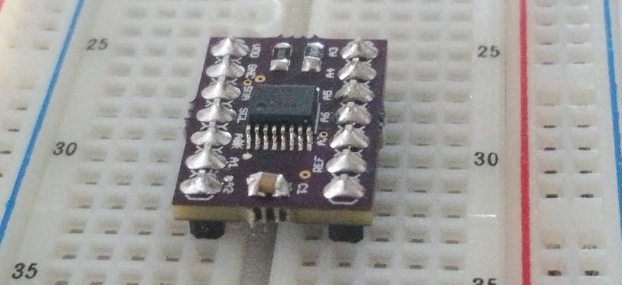
ESP8266 is a very powerful module for building an IoT or WiFi-based project. But since it has only one analog input, you may need to use another microcontroller or circuit to connect multiple sensors and data sources with your ESP8266.
Allaboutee created the second version of their analog expander board. Simply it is a board that lets you add eight analog inputs to your ESP8266 via I2C, the first version had only four inputs.
The expander is a 19x14mm board that is powered by a range of 2.7V to 3.6V, features 8 10-bit resolution analog inputs for sensors with an output voltage lower than 3.3V. Allaboutee developed some open source, easy to use libraries and examples:
Expander pinout:
- VDD – 2.7V to 3.6V (If using with ESP8266 you’ll have to use 3.3V for this pin).
- GND – Ground
- SCL – I2C clock (connect this to GPIO0 of the ESP8266)
- SDA – I2C data (connect this to GPIO2 of the ESP8266)
- A0 -> A7 – Analog inputs (0v to 3.3V)
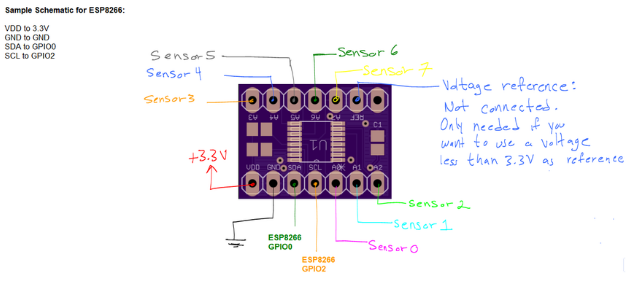
You can not use two or more boards to have more than 8 analog inputs because the chip’s I2C is factory fixed. If you do not connect a pin to anything, it will be “floating”, that means it’s value is not defined so it can be anything.
This video shows the expander board in action:
ESP8266 expander is available for $10 at tindie, it may be a bit expensive but with the cost of ESP8266, it is a very cheap alternative of the $100 Arduino Wifi shield.
“If you were to desire an Arduino based and thus easy to program, WiFi enabled microcontroller, then you could purchase an Arduino WiFi shield for $100+, OR you could instead get an esp8266 w/ breakout board for $6, A 3.3v voltage regulator for $1, the analog input expander $10 and an FTDI to USB 3.3v programmer $3.” – A review by Erol






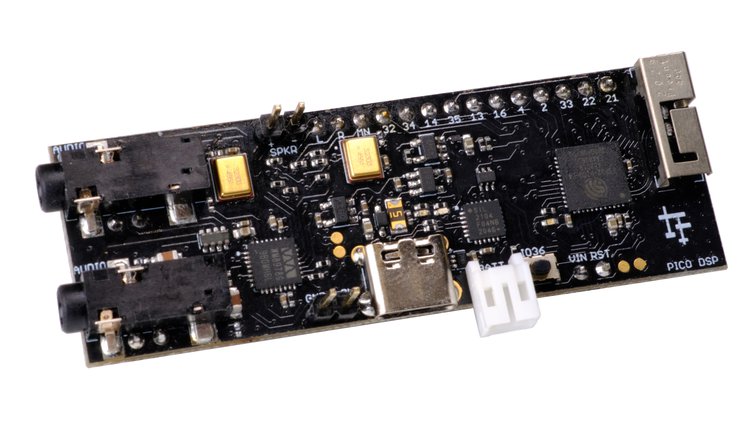
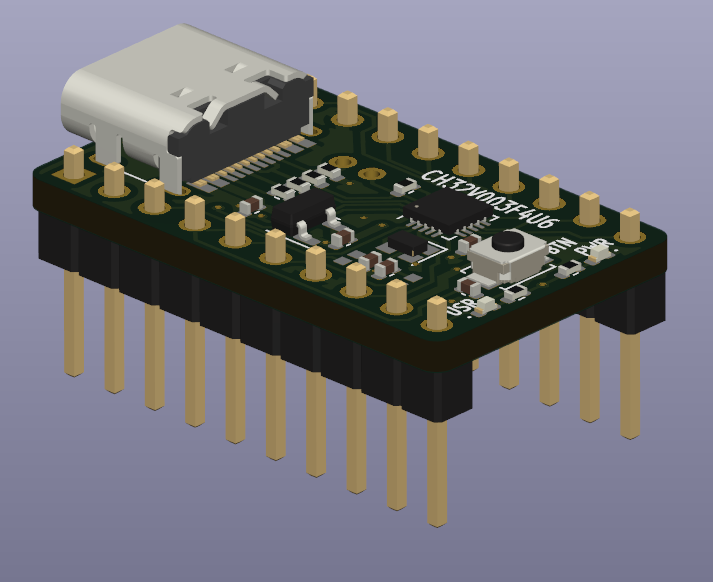
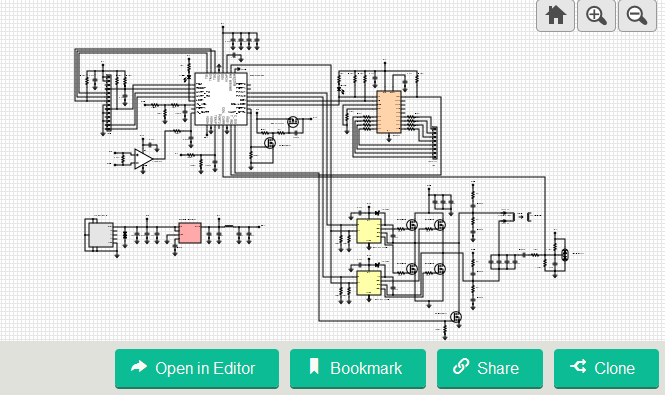

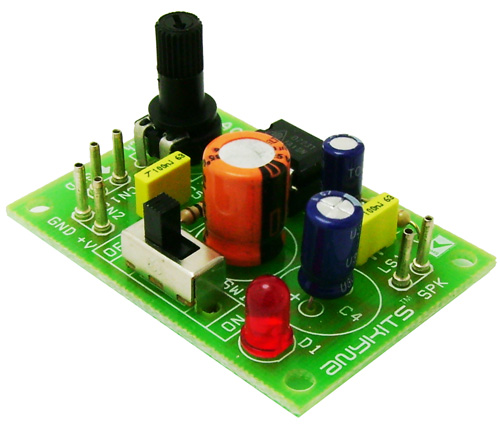






cant findtheir board but pcf8591 is a possibility too
Hello, Is there any conflict with the ESP8266 at the moment to load a code? Because GPIO1 have to be grounded to load it. Thanks,
not sure if this board is still available, but get a pcf8591 or a ADS1115 module at Aliexpress for a fraction of the price